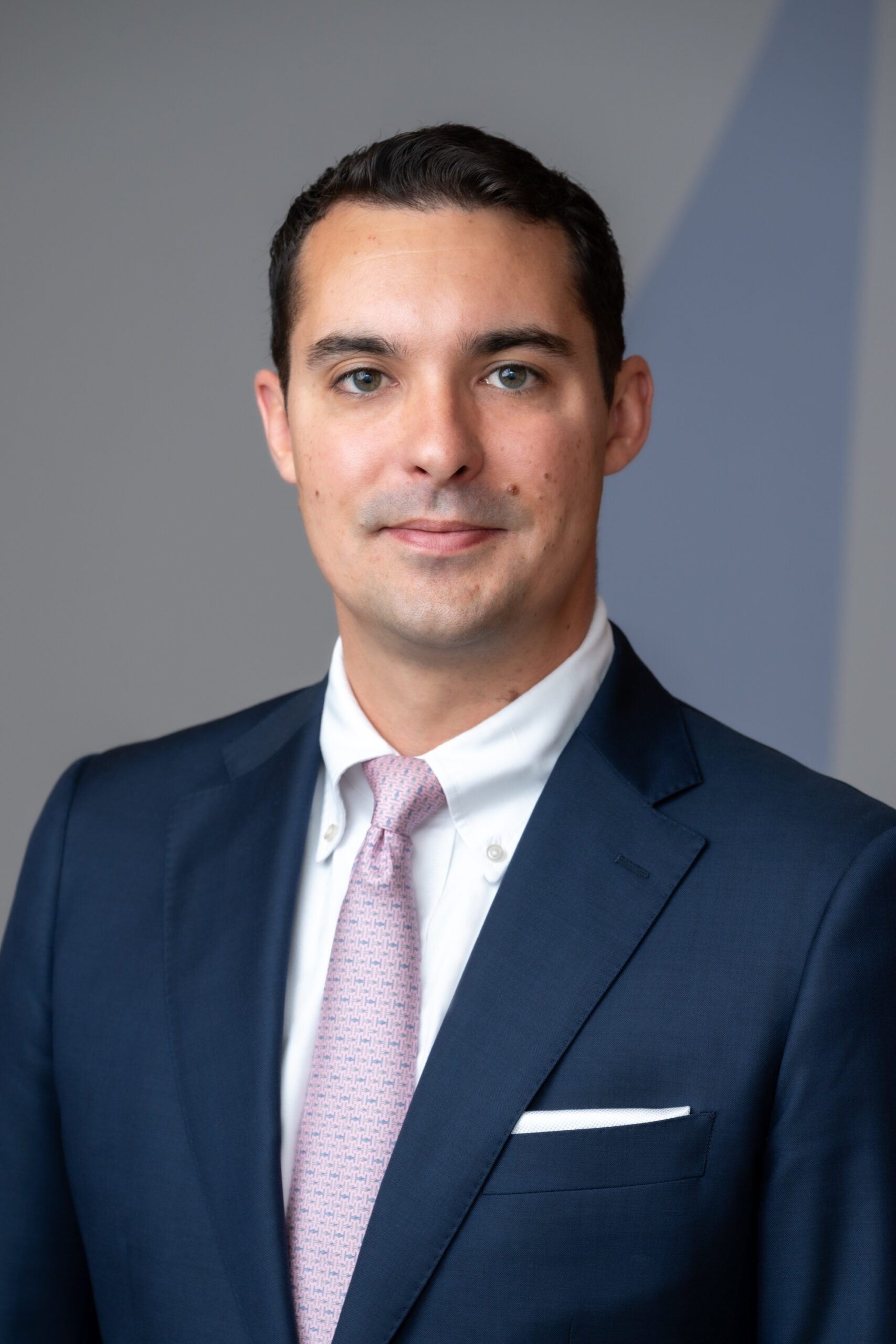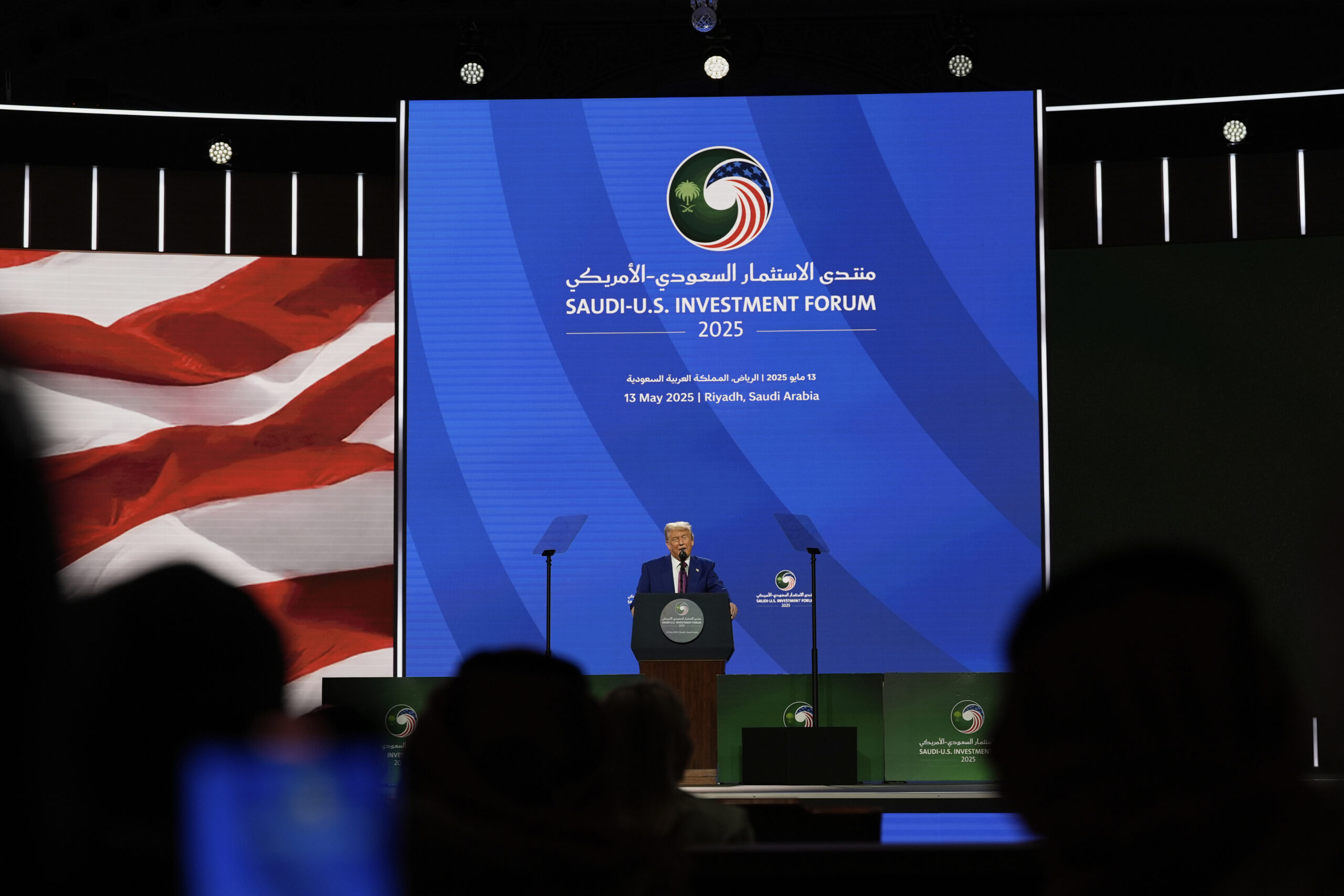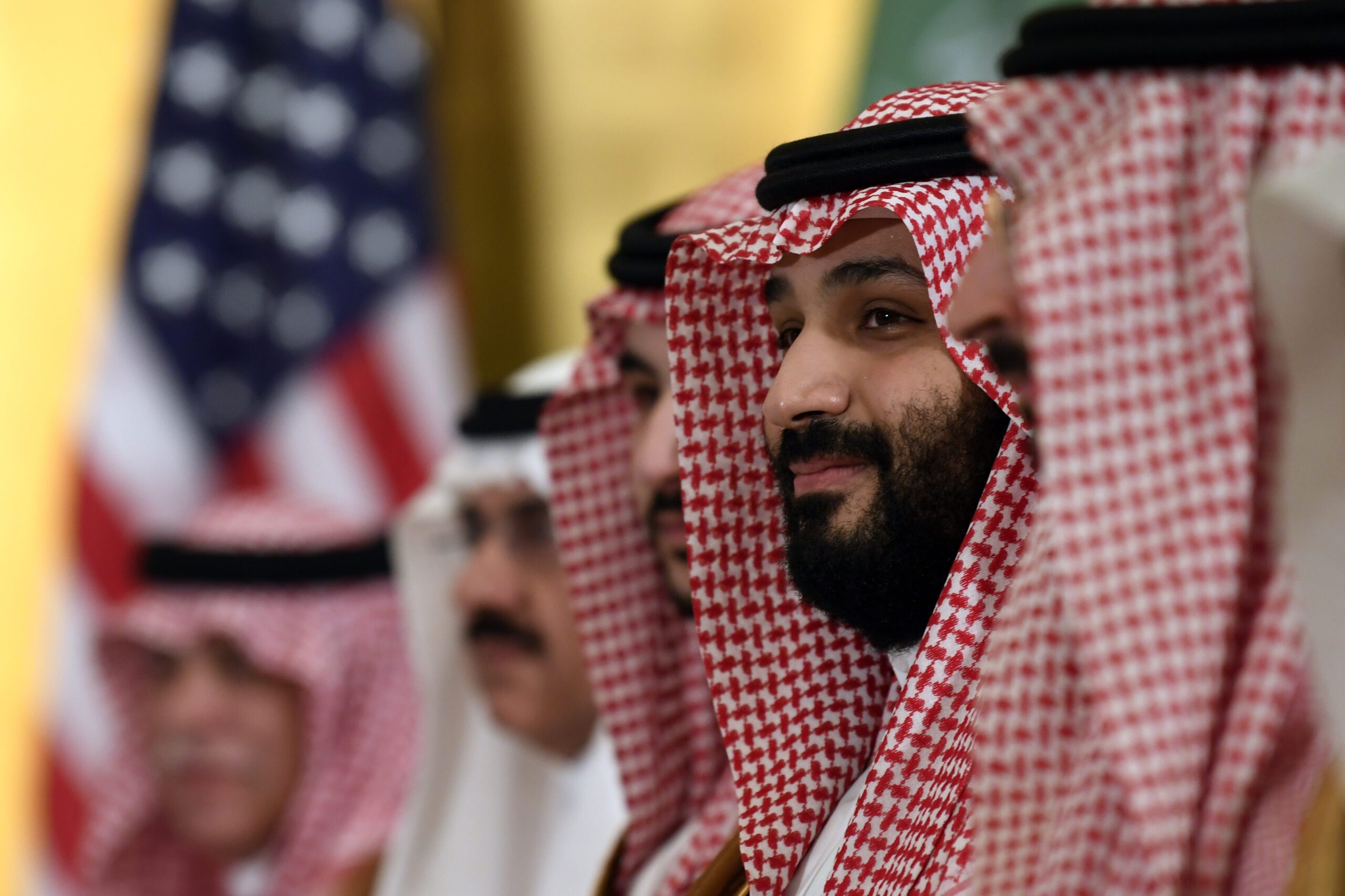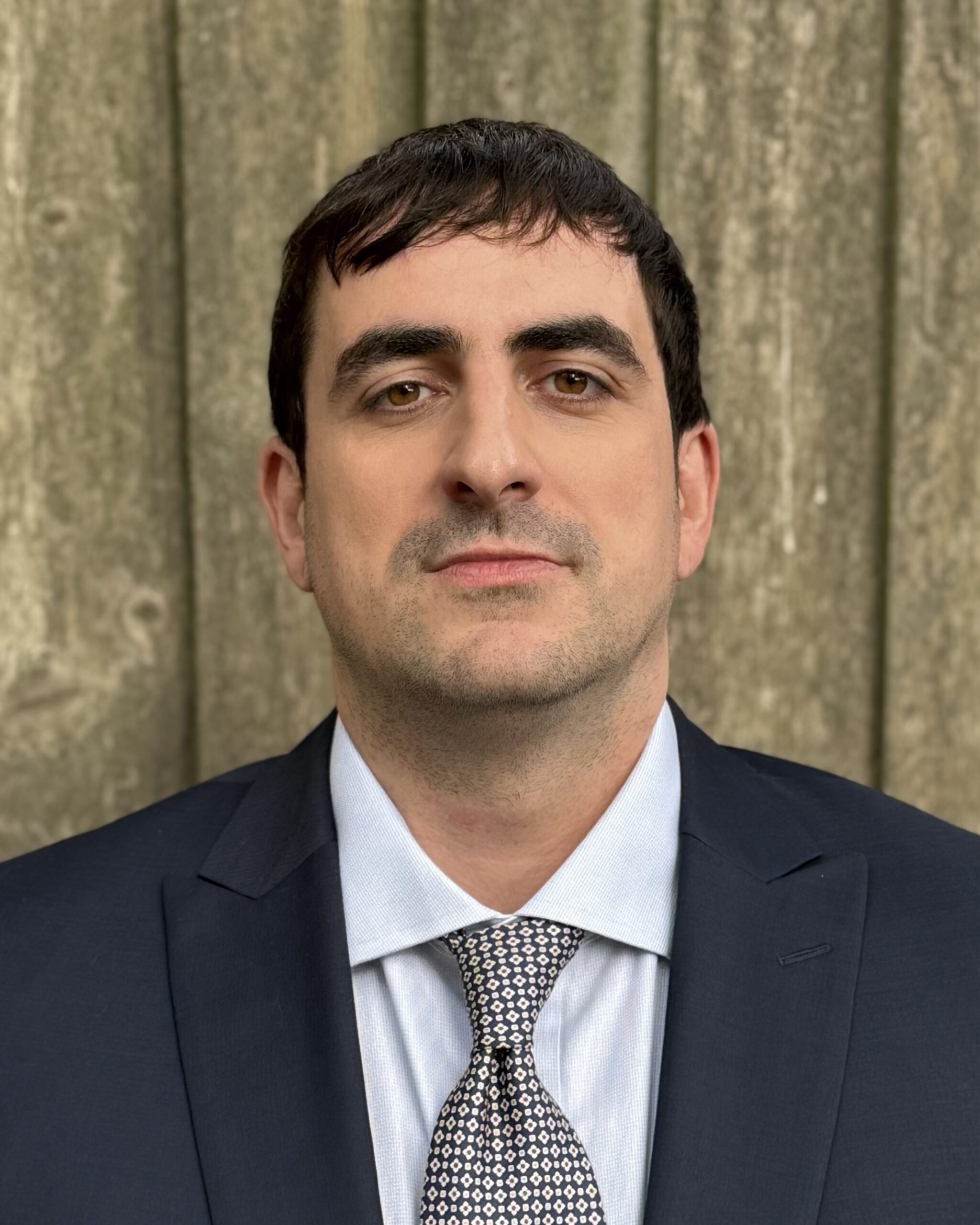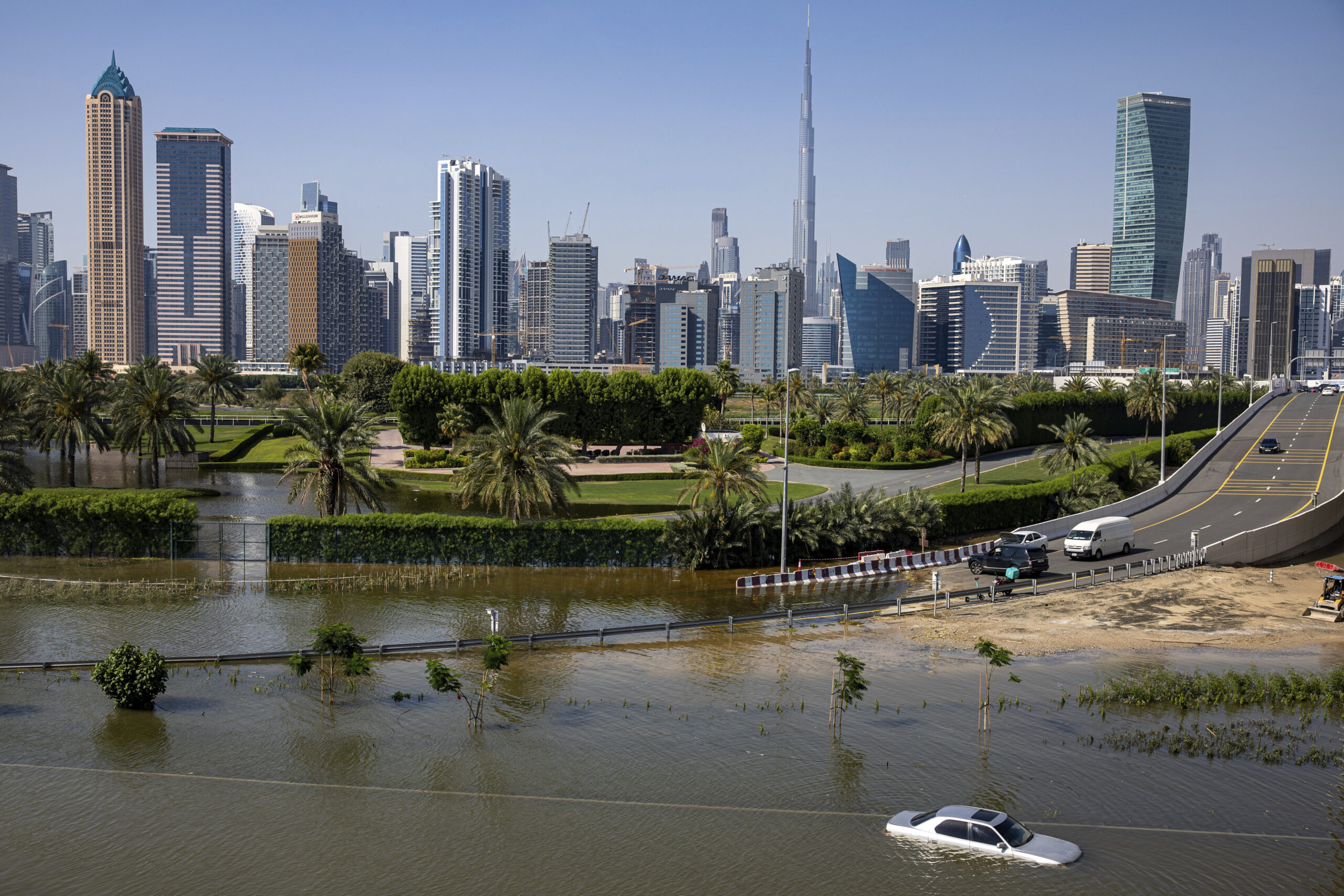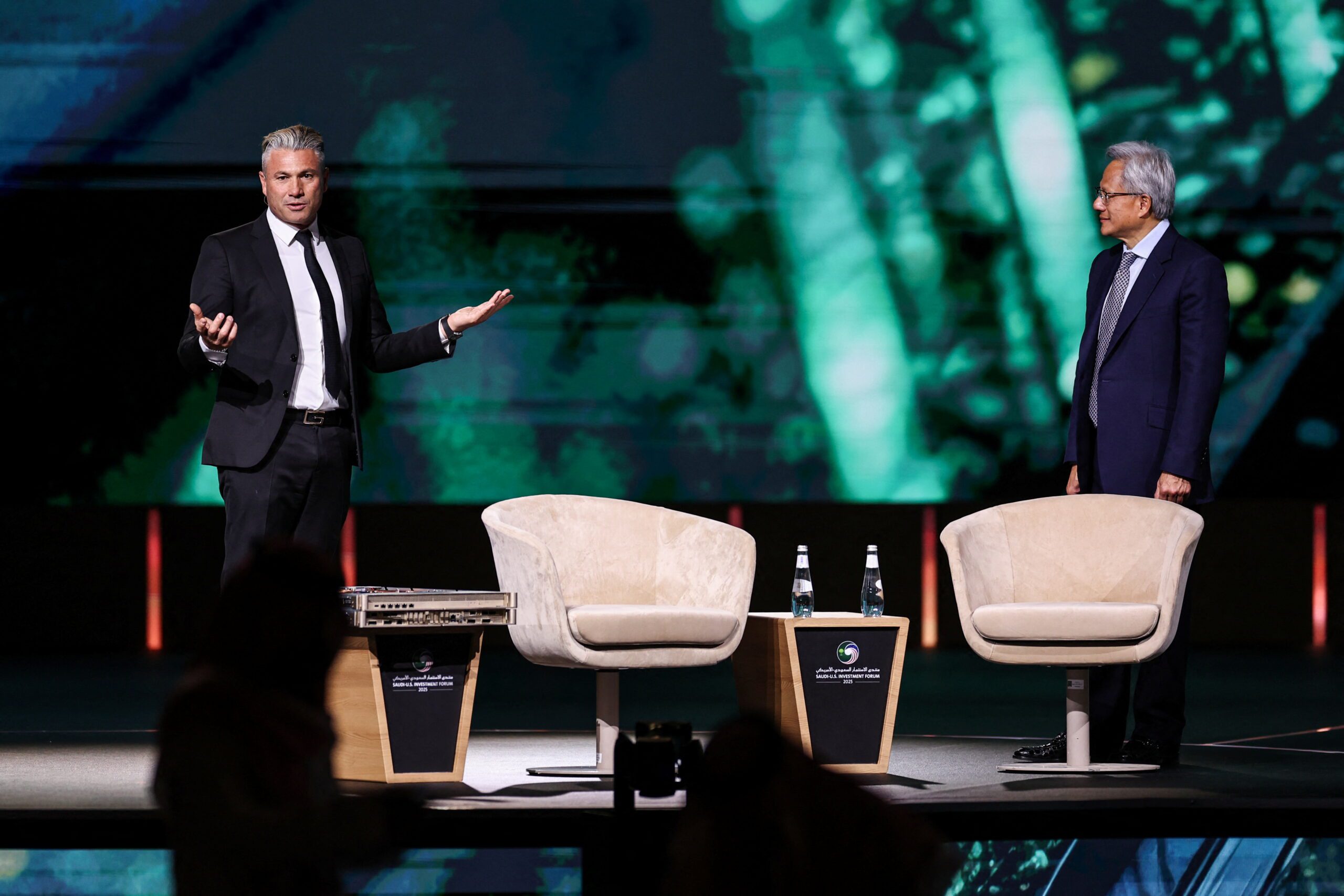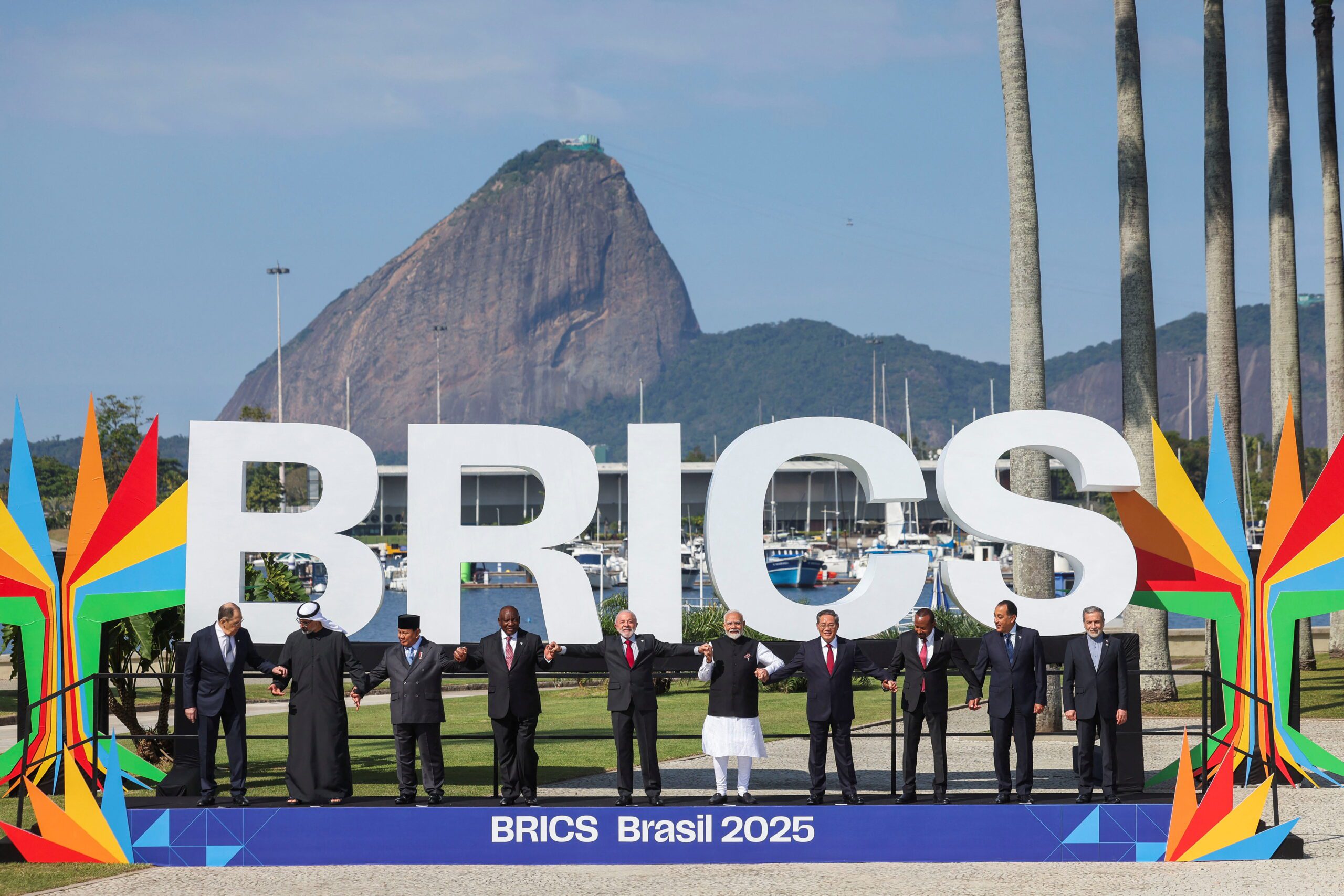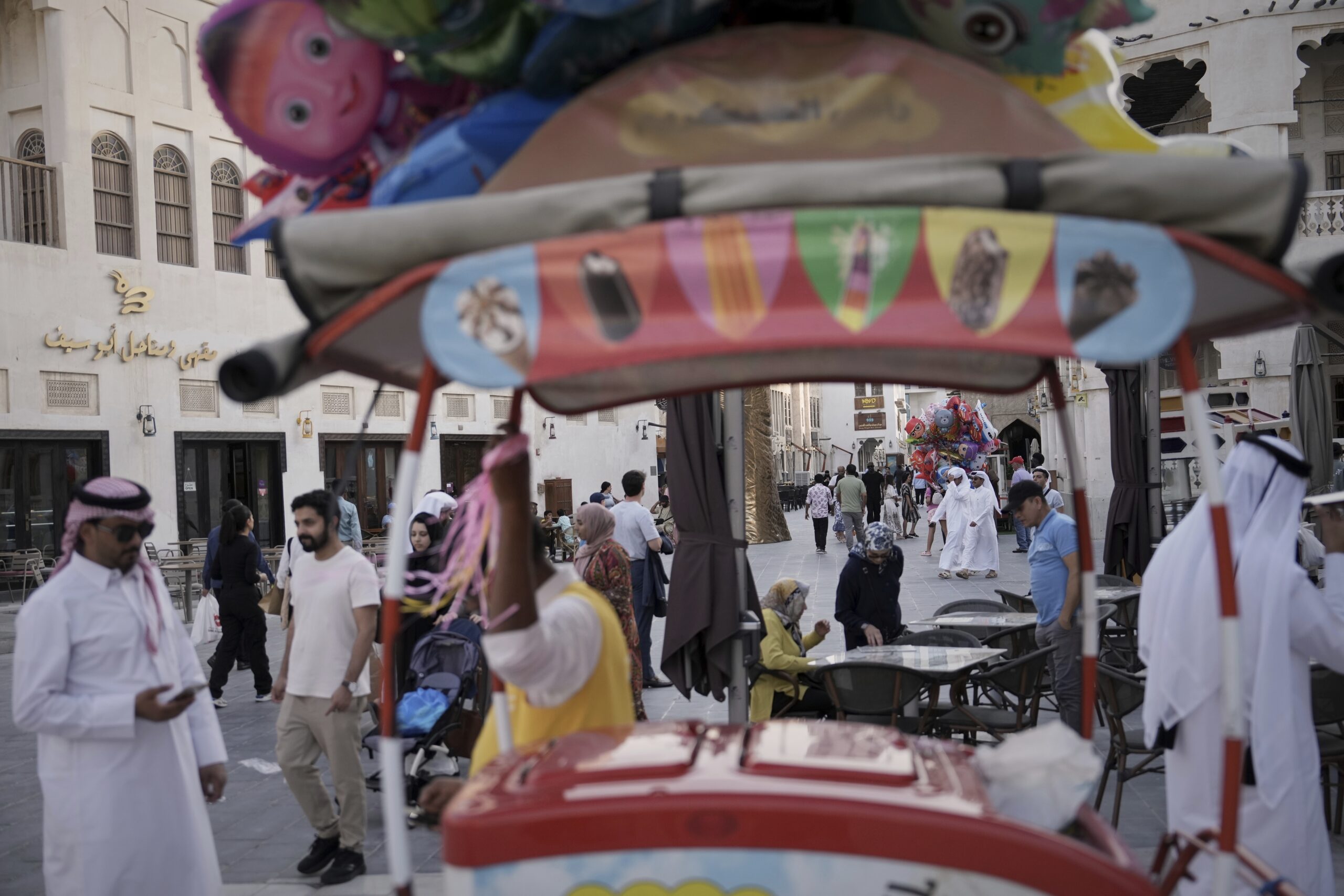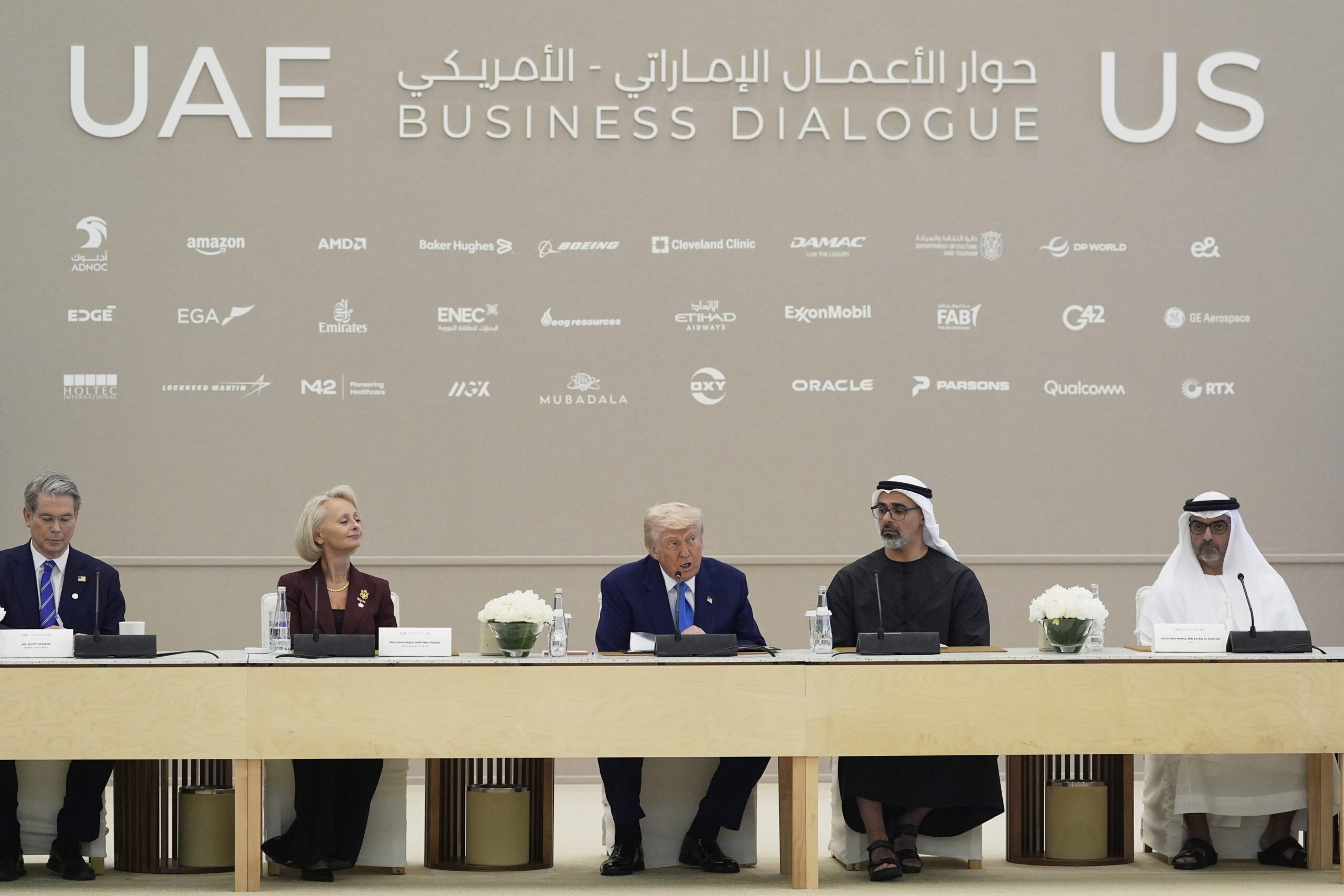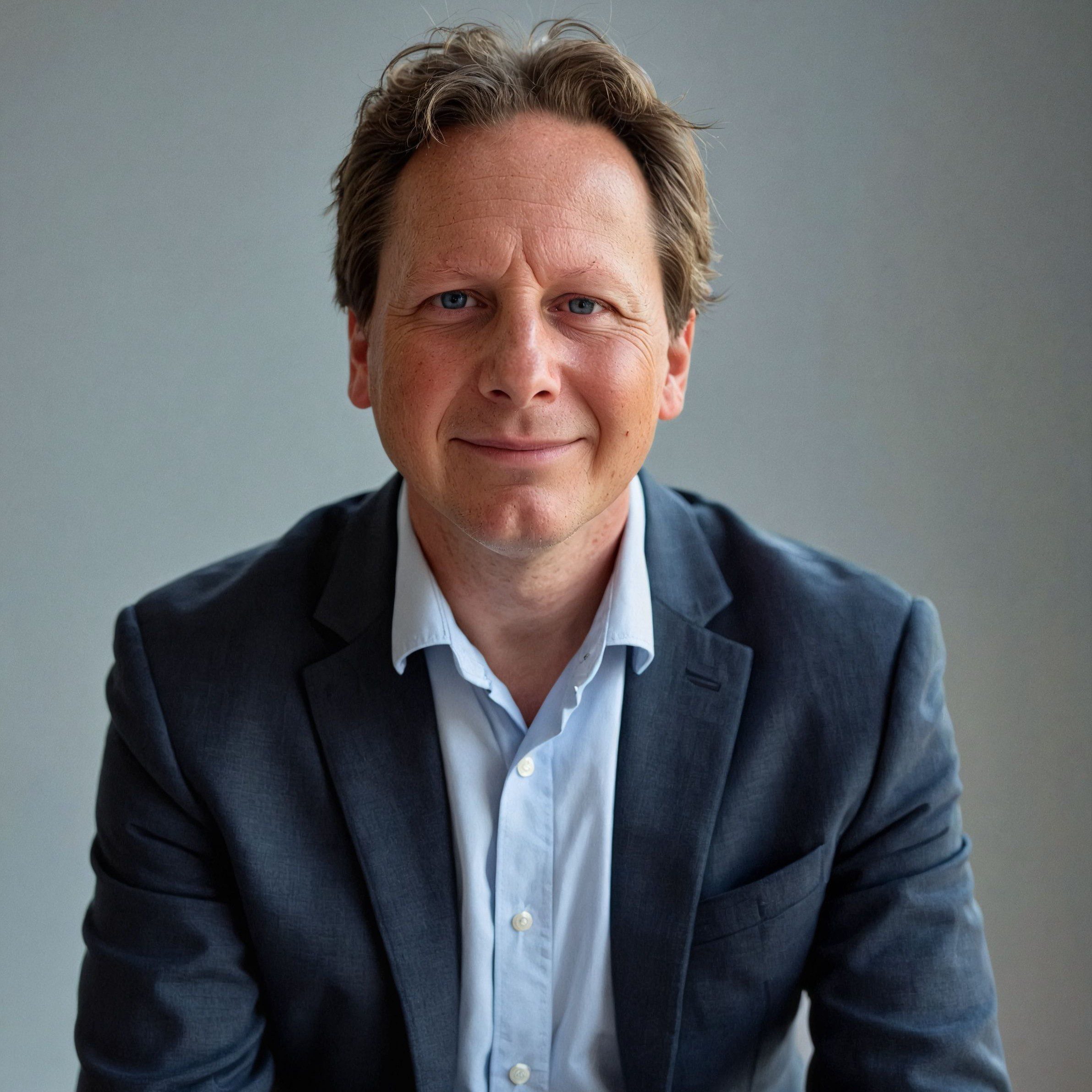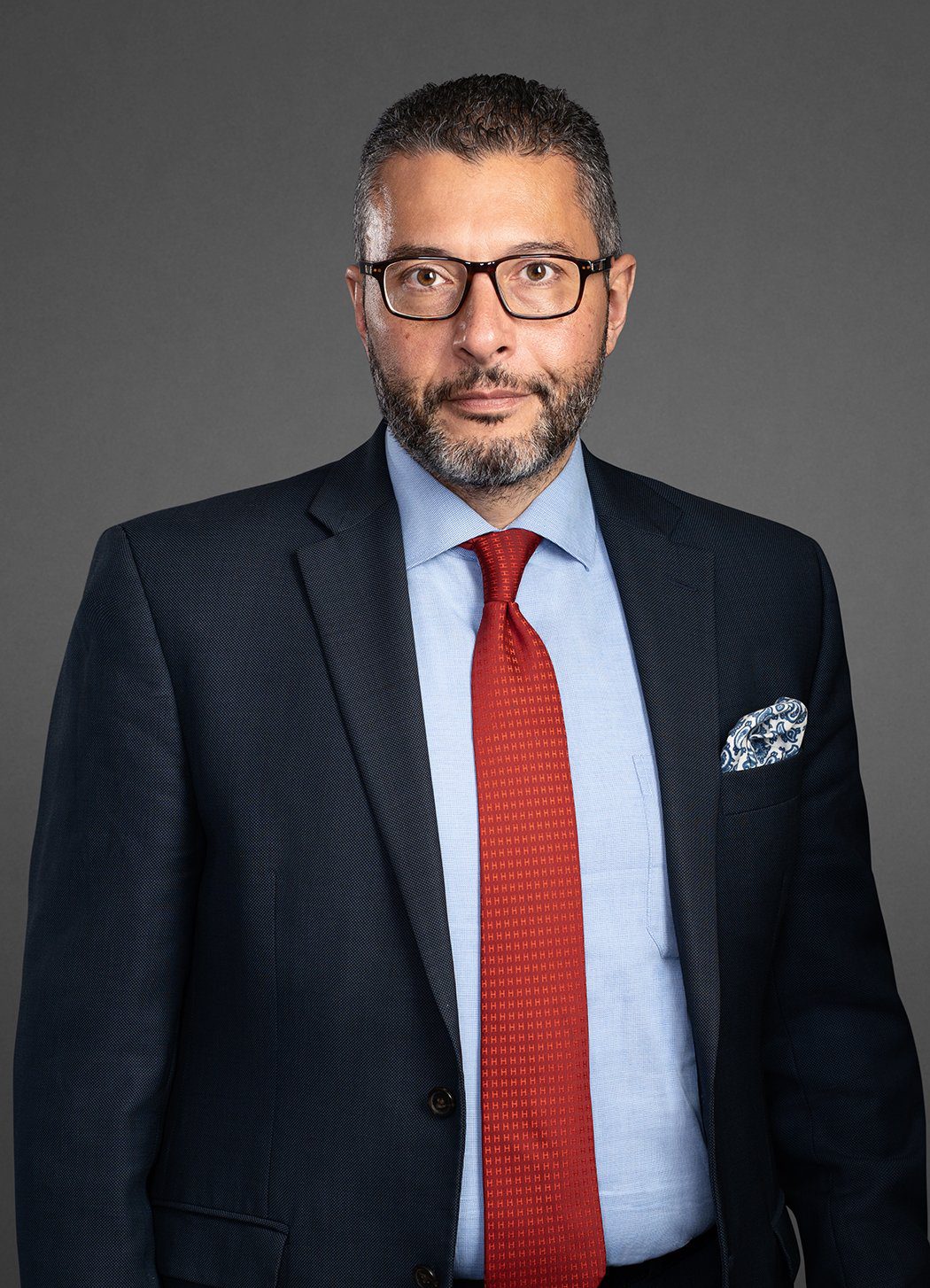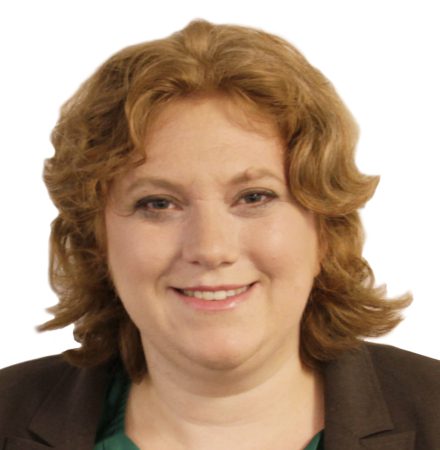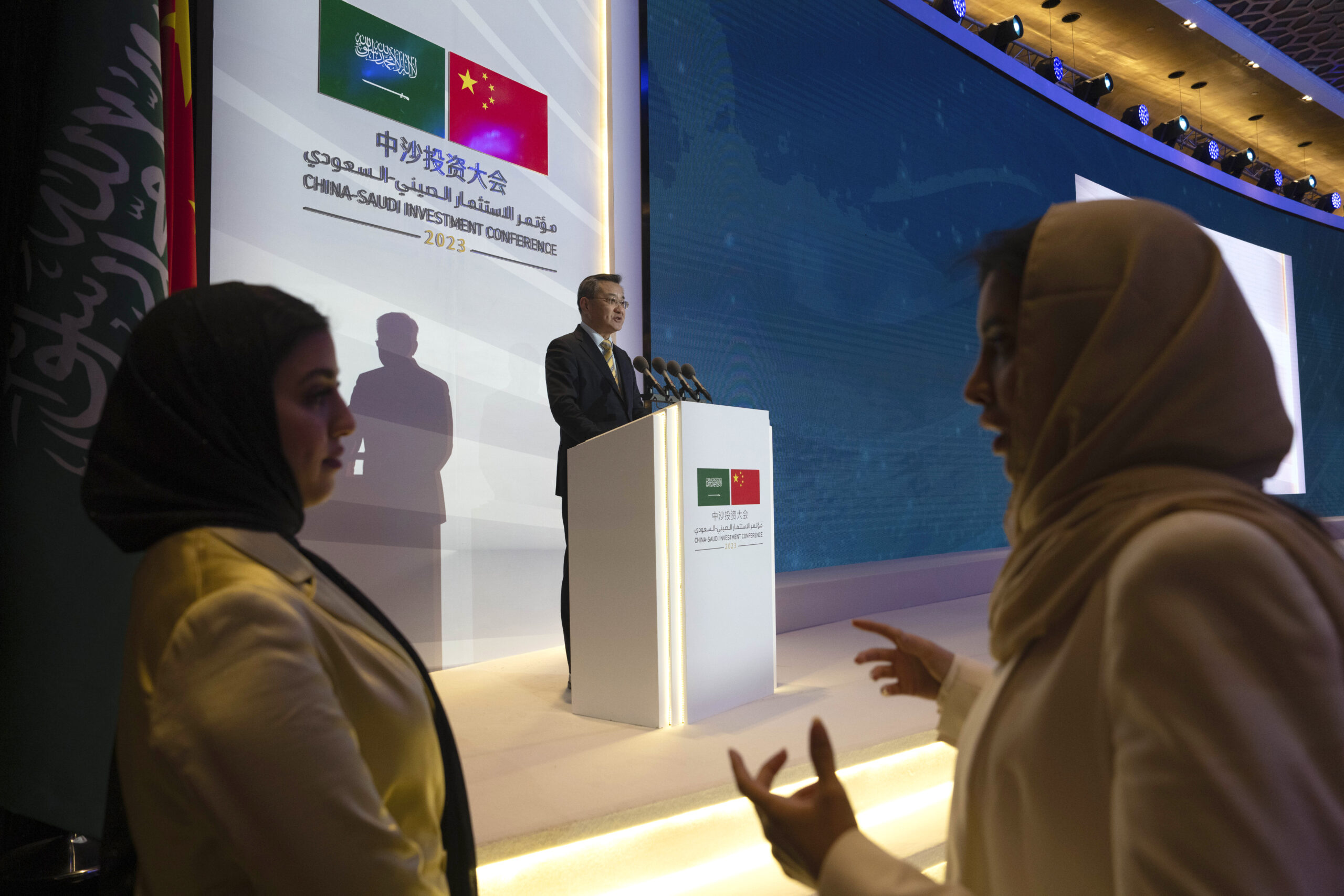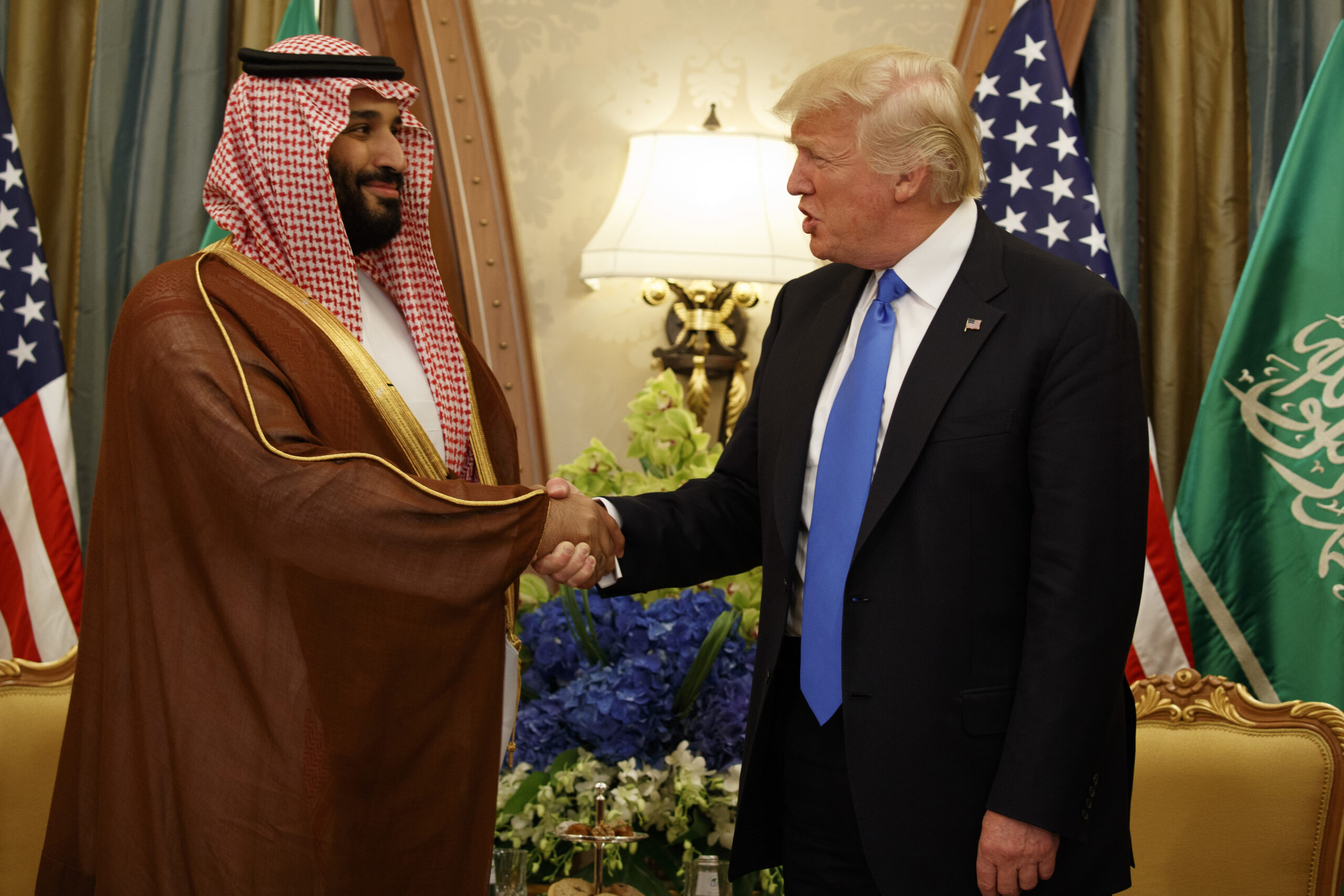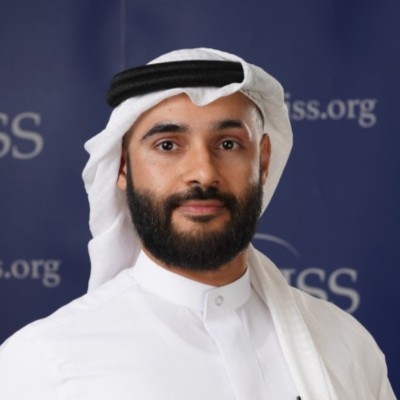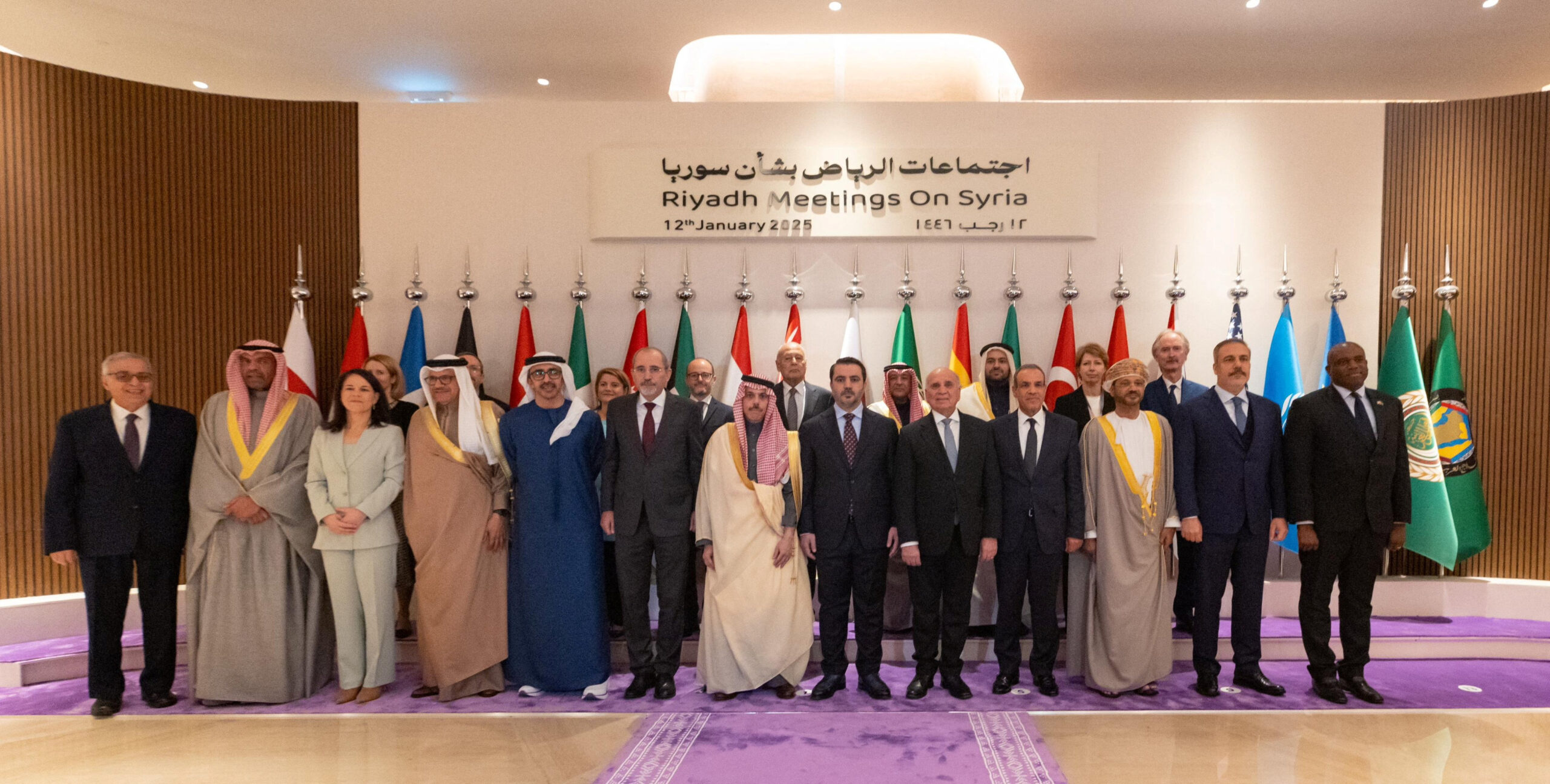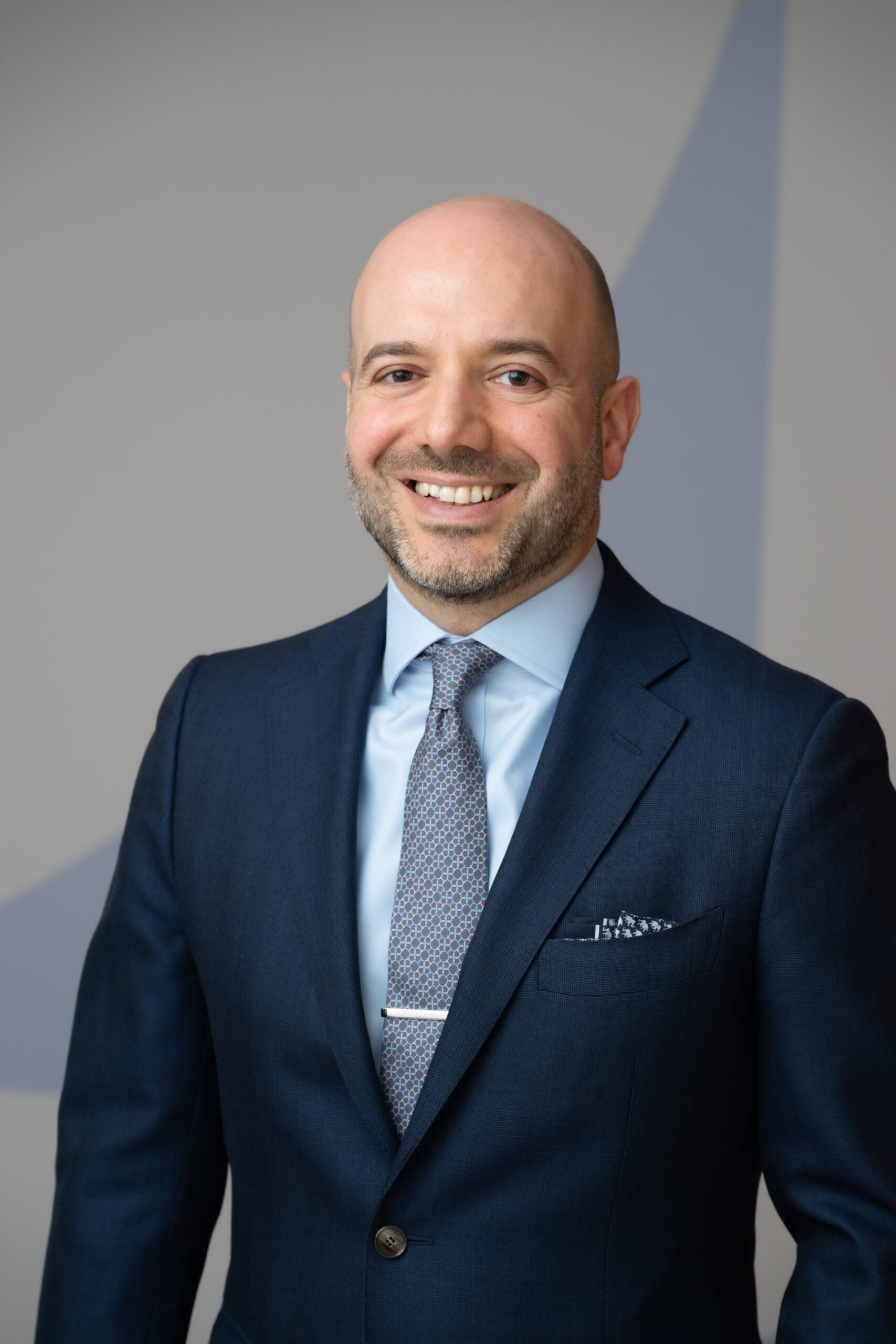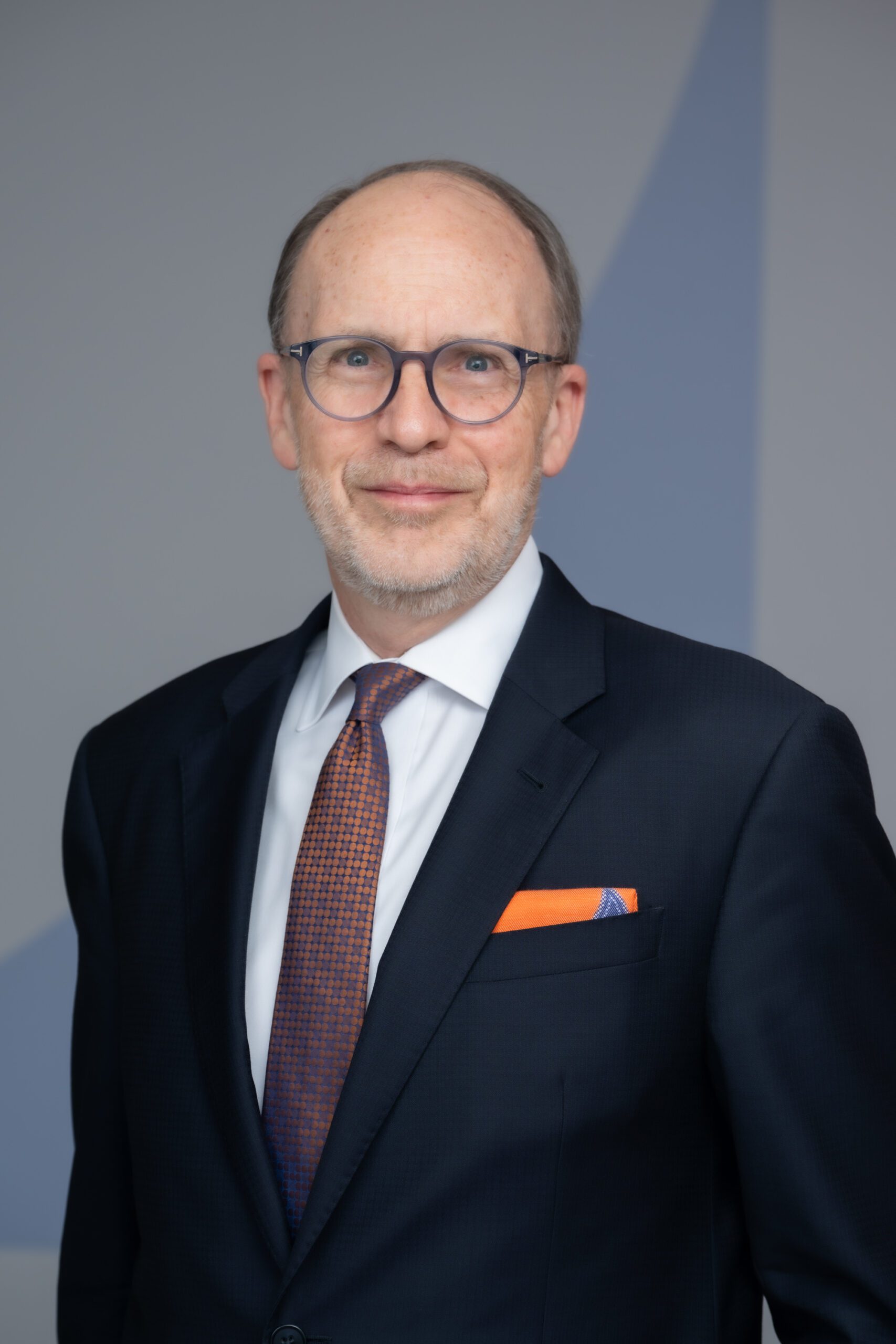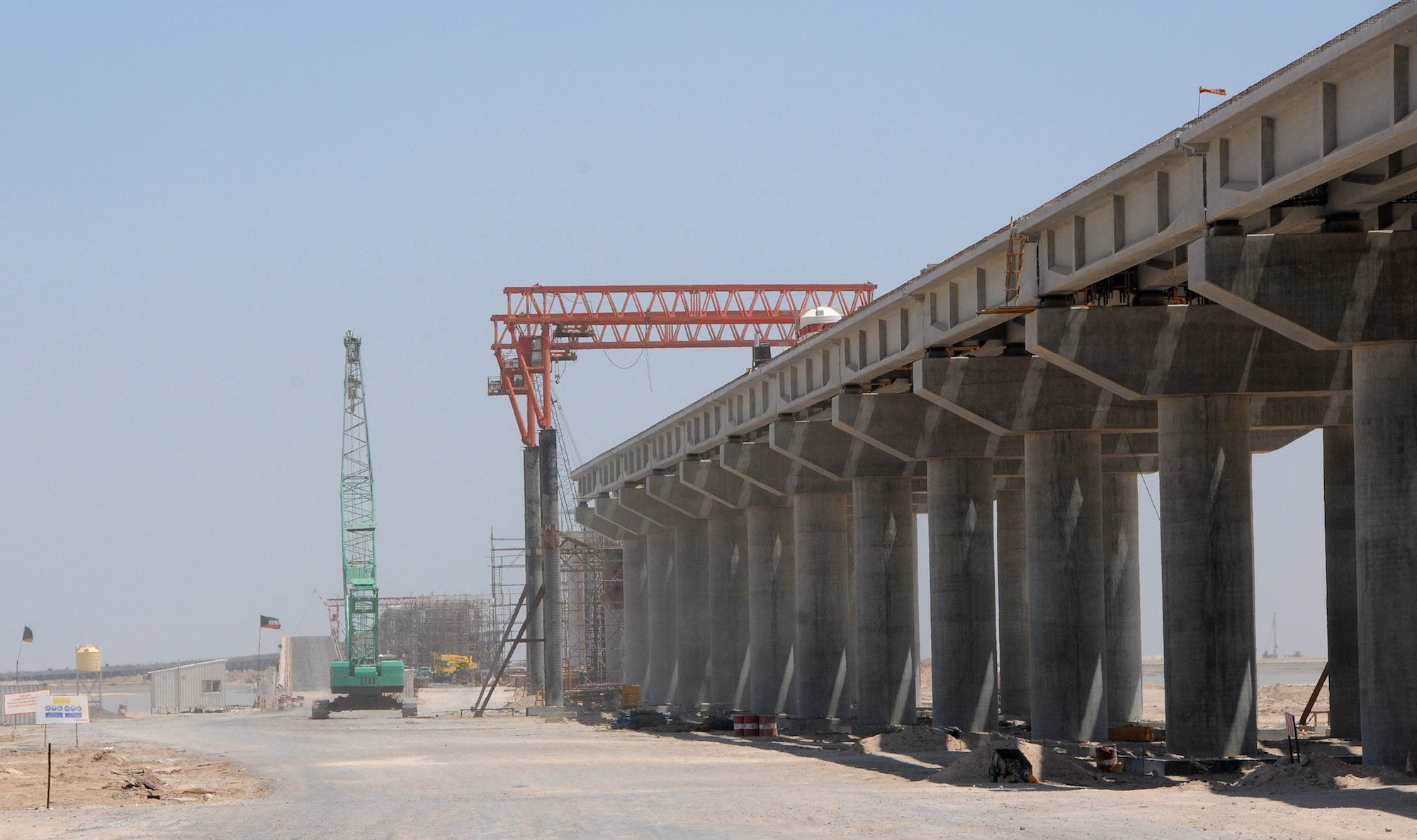
During the March 25 Kuwait Investment Forum, Kuwaiti government officials reaffirmed the country’s commitment to develop the Silk City (Madinat al-Harir) megaproject and establish an integrated economic zone on five uninhabited Kuwaiti islands. These initiatives have the potential to stoke tensions with neighboring Saudi Arabia, where the government under Crown Prince Mohammed bin Salman has wagered substantial political capital on overlapping development initiatives and an aggressive foreign policy stance toward Iran.
Big Plans in Little Kuwait
Under the country’s Vision 2035, the Silk City megaproject and economic zone initiatives aim to transform Kuwait into a competitive commercial hub and simultaneously reduce the country’s dependence on revenue from hydrocarbon resources. The Silk City project initially launched in 2006, but the plan languished as a result of political paralysis in the country. Government officials expect the city to accommodate 700,000 residents and attract $100 billion in investments.
The second megaproject would transform the islands of Boubyan, Warbah, Failaka, Maskan, and Aouha into an integrated economic zone in the northeastern corner of the country. Officials estimate the economic zone will generate $40 billion in annual revenue, create 200,000 jobs, and house 400,000 residents. Defense Minister Nasser Sabah al-Ahmed al-Sabah stated that the government would likely merge Silk City and the integrated economic zone into one grandiose project, following recommendations from an ongoing feasibility study.
If Kuwait’s ambitious development plans move from the proposal and conceptual stages to those of construction and implementation, the initiatives will likely clash with Saudi Arabia’s economic and foreign policy agendas on three levels: competition over investments; utilization of the Iraqi market; and engagement with Iran.
The Scramble for Investments
The Silk City megaproject and integrated economic zone increase the total supply of megacity-cum-investment hubs in the Gulf Cooperation Council states. Oman and Qatar launched similar megaprojects in 2011: The Special Economic Zone in Duqm and three Qatari special economic zones offer new residential and commercial hubs outside of traditional urban centers. Saudi Arabia launched an economic city initiative in 2005, but Saudi Vision 2030 admitted lackluster performance results and promised to revitalize these areas. Saudi Arabia also announced Neom in October 2017, and government officials hope the new megacity will attract $500 billion in investments. Not to be entirely outshined, Kuwait publicized its updated strategy for Silk City and the integrated economic zone just days after the high-profile launch of Neom.
Despite a poor record of attracting foreign investments, Kuwait will target capital flows from Asia to finance its megaprojects. The flow of foreign investments into Kuwait declined from $3.3 billion to $275 million between 2011 and 2016. To reverse this trend, Kuwait seeks to align its development projects within China’s Belt and Road Initiative, a network of infrastructure projects worth an estimated $1.1 trillion. Indeed, the nomenclature of Silk City illustrates Kuwaiti efforts to market the project as part of the ancient Silk Road trading route. On the other hand, Saudi Arabia secured financial commitments from Japan’s SoftBank for the development of Neom. Yet international investments destined for Gulf megaprojects are not inexhaustible – eventually Kuwaiti and Saudi efforts to attract inward investments and foreign firms will overlap.
The targeting of similar economic sectors across megaprojects increases the likelihood for commercial competition. Kuwait intends for Silk City and the economic zone to form a broader technology hub. To that end, Kuwait’s telecommunications regulator, CITRA, hopes to boost the tech credentials of the projects by constructing a new global cable link and consequently reduce the country’s reliance on the current link running through Saudi territory. Saudi Arabia also marketed Neom as a playground for technology companies, complete with a higher ratio of robots to humans and cutting-edge utilization of artificial intelligence. However, a growing technology center in Kuwait could divert potential investors away from Saudi Arabia’s futuristic city.
Competing finance hubs offer another potential source of conflict. The emir of Kuwait considers Silk City an integral element of his plan to transform the country into a regional financial center by 2035. In neighboring Saudi Arabia, the crown prince tasked policymakers with restructuring the King Abdullah Financial District in Riyadh; Saudi Vision 2030 noted that early work on the financial center began “without consideration of its economic feasibility.” Bahrain and Dubai likewise offer stiff regional competition as established financial hubs in the region.
The Northern Gulf
The key selling point for the Kuwaiti megacity and integrated economic zone revolves around premier access to northern Gulf markets. Kuwaiti officials view neighboring Iraq as a commercial opportunity and integral element in its strategy for attracting foreign investments. In February, Kuwait hosted the International Conference for the Reconstruction of Iraq, where global donors pledged approximately $30 billion, in loans and investments, for reconstruction efforts. The northern investments also possess a security component – the largest island in the integrated economic zone project, Boubyan, has functioned as a military base since 1991. Linking global investments to these megaprojects offers additional security guarantees, strengthening Kuwait’s control over its northern territories.
While a growing Iraqi economy would boost commercial activities in Kuwait, the country does not possess a monopoly over market entry into Iraq. In August 2017, Saudi Arabia created a Saudi-Iraqi coordination council and planned to reopen the Arar border crossing with Iraq for the first time since 1990. The reopening of the border crossing should facilitate the transportation of goods into Iraq, and Saudi Arabia also announced plans to establish free zones between the two countries. However, security concerns, especially containing Iranian influence, underlie the newfound warming of relations and proposals for economic cooperation.
Iran remains another important northern Gulf market, and Kuwait considers economic engagement with Iran as an integral element of its northern megaprojects. Iran accounts for just 0.11 percent of Kuwait’s exports and 0.76 percent of imports, revealing the growth potential of stronger economic ties. Since the early 2000s, Kuwait has repeatedly sought to import natural gas from Iran.
Signals of Kuwait’s willingness to bolster economic cooperation with Iran clash with Saudi Arabia’s hostile foreign policy toward the Islamic Republic and efforts to undermine Iran’s strategic influence in the GCC and wider Middle East region. For example, Qatari-Iranian ties played a role in the Saudi-led diplomatic and economic embargo of Qatar. Kuwait’s public efforts to strengthen GCC-Iranian economic ties through its megaprojects are sure to draw the ire of Riyadh.
However, all of this hinges on the ability of Kuwait’s government to push through these development initiatives. The country has a history of delaying projects for decades, and Kuwaiti megaprojects will bear little impact on regional relations if they remain in the proposal and planning stages. Observers in neighboring GCC states may withhold judgment until signs of physical progress emerge in Kuwait. Yet if Kuwaiti officials can move forward on these projects in a concrete way, they may want to heed the potential impact on regional relations with GCC neighbors like Saudi Arabia.
The views represented herein are the author's or speaker's own and do not necessarily reflect the views of AGSI, its staff, or its board of directors.
